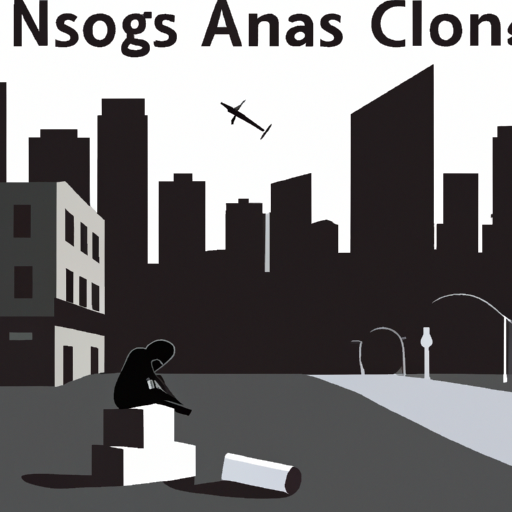Deconstructing the Canadian Opioid Crisis: A Deep Dive Into Safe Supply Drug Programs
In the ongoing opioid crisis in Canada, the lens has now focused on the implementation and effectiveness of safe supply drug programs. As revealed in an article published by the Asian Pacific Post, these programs may not be as effective as they ought to be in curbing this health emergency.
The Scale of the Opioid Crisis
Canada is grappling with an alarming opioid crisis with deaths due to overdose increasing significantly over the past few years. This crisis has not only brought together a complex socioeconomic and health conundrum, but also brought forth the grim reality of rising homeless populations and crime rates.
Safe Supply Drug Programs
In a bid to abate the opioid crisis, Canada has initiated safe supply drug programs. These programs, already in operation in Ontario and other parts, aim to provide chronic drug users with a safer substitute to street-obtained opioids. The objective is to reduce the risk of overdose due to unknown potency and questionable substances present in street drugs.
The Expected Outcome Vs. The Reality
The anticipated outcome of these programs was to reduce opioid overdose-related deaths by providing drugs of known and controlled potency. Unfortunately, research raises significant questions about the effectiveness of these programs. The article, citing a comprehensive review of international literature into the impact of these schemes, indicated that:
- No strong evidence suggests that drug-substitution programs led to an overall reduction in drug use or crime rates related to drugs.
- The theoretical core of the programs – that providing a safer and controlled drug supply would reduce demand for street drugs – lacks robust empirical proof.
- Implementing a large-scale ‘safe supply’ without rapid and onerous regulations could exacerbate the existing opioid crisis.
The Canadian Opioid Abatement Class Action and it’s Role
In response to the opioid crisis, the Canadian opioid abatement class action has arisen. This legal procedure aims to hold pharmaceutical companies responsible for their part in creating and fuelling the opioid crisis. The fate of this class action could have impact on the direction of future strategies to manage the opioid crisis.
Role of Naloxone
Naloxone, an opioid antagonist medication designed to rapidly reverse an opioid overdose, is one of the important aids in the fight against the opioid crisis. While naloxone saves many lives each year, it remains a reactionary measure rather than a preventive one. A balanced, multi-faceted approach is needed to find a comprehensive solution that includes preventive strategies and effective treatments for those already affected.
The Need for Comprehensive Solutions
It is clear that tackling the opioid crisis requires more than just safe supply drug programs and legal actions. A comprehensive approach that includes prevention, intervention, and sustainable recovery solutions is needed.
Key Takeaways
Our analysis of the Asian Pacific Post article gives us the following key points:
- The safe supply drug programs currently lack robust evidence supporting their effectiveness in reducing drug use and related crimes.
- The core assumption that a safer drug supply will diminish the demand for street drugs is yet to be definitively proven.
- The Canadian opioid abatement class action is an important initiative, though its outcome alone cannot resolve the crisis.
- Naloxone is a critical life-saving drug but it is essentially a reactive solution and does not address the root causes of the opioid crisis.
- An all-encompassing, multi-layered strategy that includes prevention, intervention, treatment, and policy reforms is requisite to effectively combat the opioid crisis.
In conclusion, while acknowledging the complexity of the opioid crisis, we must also recognize the need for robust empirical evidence and comprehensive approaches to effectively manage the crisis. The Canadian opioid crisis is not just about opioids or drug programs, it’s ultimately a human crisis affecting our society’s most vulnerable members. Thus, solutions need to address this reality. Together, we can make a difference and save lives.
